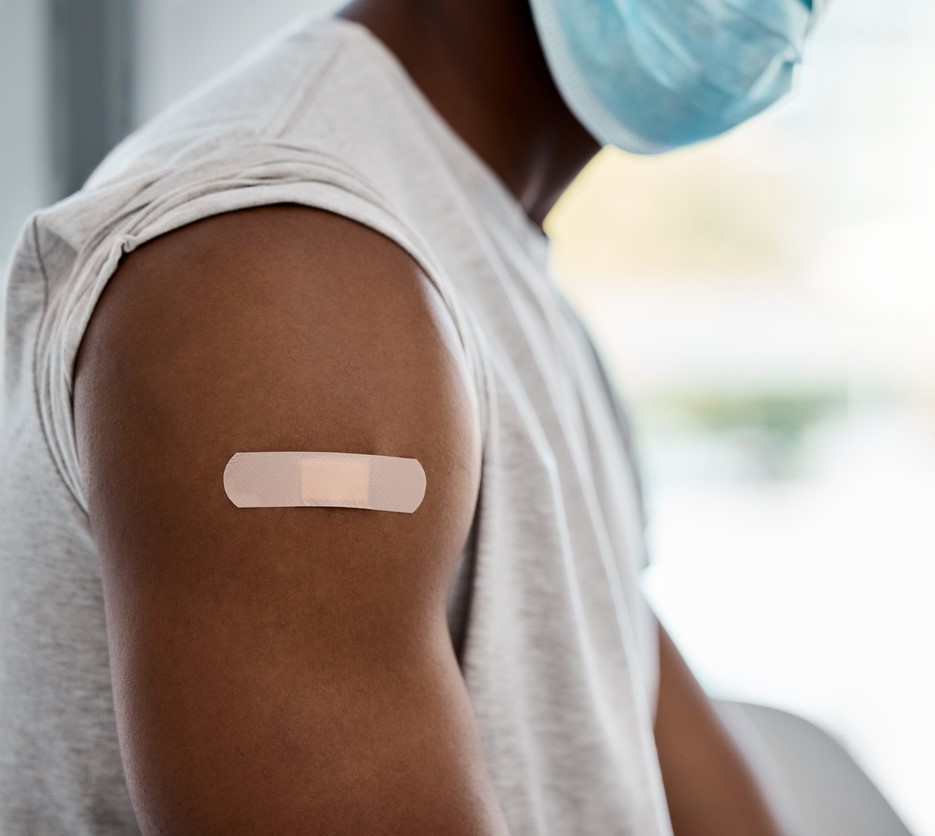 An Australian postmarketing study of adverse events following Jynneos mpox vaccination finds that local adverse event rates were highest following intradermal administration, but absolute event rates were lower than in previous studies, and the vaccine was well tolerated overall. The study was published late last week in JAMA.
An Australian postmarketing study of adverse events following Jynneos mpox vaccination finds that local adverse event rates were highest following intradermal administration, but absolute event rates were lower than in previous studies, and the vaccine was well tolerated overall. The study was published late last week in JAMA.
In late summer of 2022, Australia began to use the Jynneos vaccine with a dose-sparing schedule of 0.1-milliliter (mL) intradermal vaccine recommended for preexposure to mpox, and 0.5-mL subcutaneous vaccine for postexposure prophylaxis (prevention)—two doses given 4 weeks apart for both approaches.
The study was based on the results of a survey given to 13,306 participants. The median age was 41, and 97% of participants were men. The participants received the vaccine from August 8, 2022, to March 20, 2023, and were asked about adverse events 0 to 7 days after the second dose.
This study also found a low percentage of people reporting medical review [0.7% to 1.2% of all recipients] or missing daily activities [2.5% to 3.7%].
Vaccinations were classified as intradermal if administered in the forearm and subcutaneous if administered in the deltoid. According to the authors, the adverse event rate was highest following dose one of intradermal vaccination (53%) and lowest following dose two of subcutaneous vaccination (31%). For both routes, dose one produced more non-severe localized reactions, including redness, itching, and swelling.
"Absolute event rates were lower than in previous studies, which reported more than 30% systemic adverse events following both routes and local adverse event rates of more than 50% following subcutaneous administration and nearly 100% following intradermal vaccination," the authors said. "This study also found a low percentage of people reporting medical review [0.7% to 1.2% of all recipients] or missing daily activities [2.5% to 3.7%], suggesting that the vaccine is generally well-tolerated."
 The rare cases of myocarditis among recipients of mRNA COVID-19 vaccine—mostly in young men—are caused by a generalized immune-cell and inflammatory response rather than vaccine-triggered antibodies, suggests a small
The rare cases of myocarditis among recipients of mRNA COVID-19 vaccine—mostly in young men—are caused by a generalized immune-cell and inflammatory response rather than vaccine-triggered antibodies, suggests a small 
 A study presented late last week at the Digestive Disease Week 2023 conference suggests that exposure to antibiotics at an early age is among the factors that can increase the risk of pediatric inflammatory bowel disease (IBD).
A study presented late last week at the Digestive Disease Week 2023 conference suggests that exposure to antibiotics at an early age is among the factors that can increase the risk of pediatric inflammatory bowel disease (IBD).











